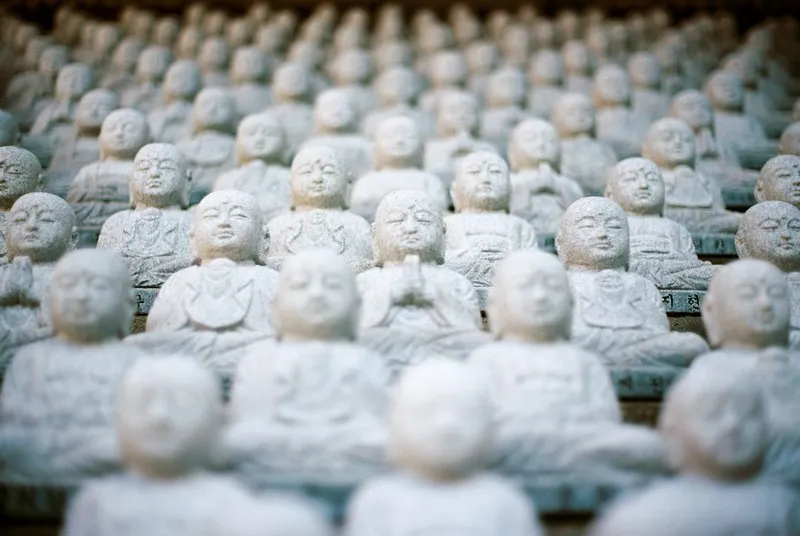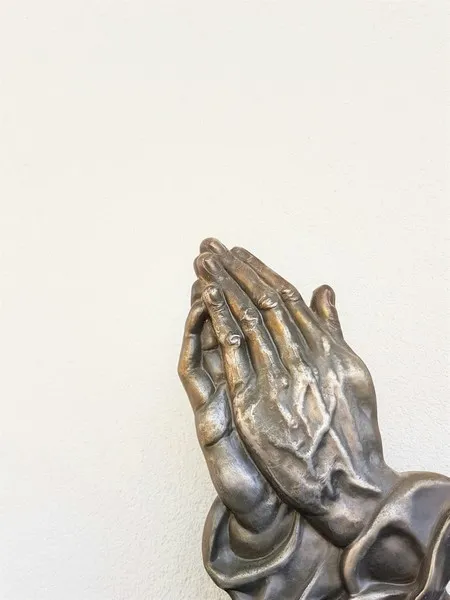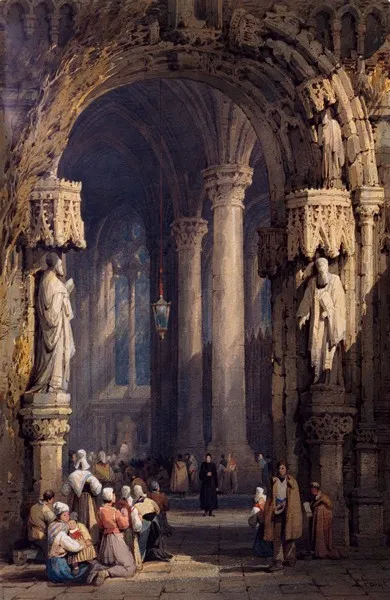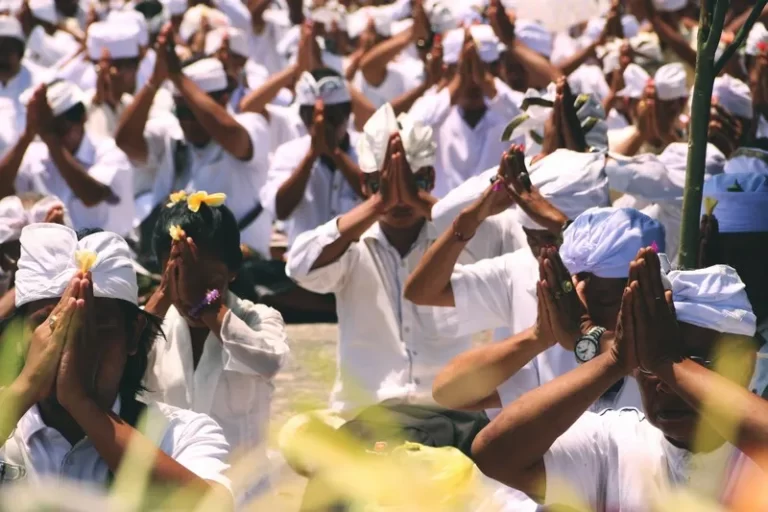Table of Contents
- Introduction
- Historical Context of Monastic Life
- Sociological Perspectives on Buddhist Monasticism
- Socio-Cultural Impact of Monastic Life
- Economic Dimensions
- Social Control and Norms
- Contemporary Relevance and Global Context
- Conclusion
Introduction
Monastic life in Buddhism represents a highly organized and socially significant institution. Central to Buddhist practice, monasticism involves renunciation of worldly desires, adoption of strict ethical guidelines, and immersion in sustained spiritual and communal discipline. In sociological terms, monastic communities constitute a formative site where religious traditions, social structures, and collective identities intersect. Monastics, often referred to as bhikkhus (male monastics) and bhikkhunis (female monastics), have historically served as spiritual leaders, educators, and ritual specialists. They are acknowledged not only for their religious devotion but also for the social and cultural influences they exercise across Buddhist societies. Understanding monastic life in Buddhism is thus essential for capturing a broader picture of the religion’s social dynamics and its role in shaping communities.
From a sociological perspective, monastic communities can be seen as both microcosms and symbols of Buddhist culture, reflecting the interaction between religious principles and societal demands. They illustrate the transmission of values across generations, exemplify shared social norms, and maintain collective identities rooted in a distinctive worldview. In doing so, they highlight how religious institutions function within broader social frameworks. By exploring the historical development of Buddhist monasticism, the role of monastic discipline, and the contemporary variations seen around the globe, one can glean deeper insight into the social significance of these religious enclaves.
Historical Context of Monastic Life
The monastic tradition in Buddhism can be traced back to the Buddha’s own lifetime, when he established guidelines for a community of followers dedicated to strict moral, meditative, and communal practices. Early Buddhist texts describe how the Buddha instructed his disciples to live apart from worldly distractions and adhere to a code of conduct (the Vinaya) that regulated daily behavior. The purpose was not solely personal spiritual enlightenment, but also the creation of a community capable of safeguarding and transmitting the teachings from one generation to the next.
The Emergence of Monastic Institutions
Over time, temporary monastic retreats evolved into permanent monastic institutions. Not only did these institutions provide spaces for intensive meditation and scriptural study, but they also offered a refuge for those who sought a life oriented toward spiritual pursuits rather than mundane affairs. Monasteries often emerged adjacent to or within urban centers, albeit physically separated through architectural design. This pattern allowed monastics to remain in proximity to lay supporters, who would offer alms and material support in exchange for spiritual guidance, rituals, and the dissemination of religious merit.
These institutional centers crystallized into a social foundation for Buddhism. Monastic communities helped structure local spiritual life by providing liturgical and educational services, resolving ethical dilemmas for the laity, and acting as custodians of sacred texts. In this process, monks and nuns gained considerable moral and social authority, grounded in their expertise in scriptural knowledge and meditative practice. In many regions across Asia, Buddhist monasteries became focal points for cultural expression, literacy, and artistic production, thereby intertwining the spiritual, educational, and cultural aspects of society.
Sociological Perspectives on Buddhist Monasticism
Structural-Functional Perspective
From a structural-functional viewpoint, Buddhist monastic communities perform several key social functions:
- Moral Regulation: Monks and nuns embody the highest ethical standards in their communities, offering moral exemplars for laypeople. Through rituals, precepts, and visible displays of discipline, monastic life contributes to the moral order by reinforcing boundaries between virtuous behavior and worldly attachments.
- Social Integration: The monastery acts as a communal node where diverse members of society come together for ceremonies, teachings, and festivals. By serving as a hub for religious activities, it promotes unity and shared values among congregants.
- Socialization of Values: Monastic rules emphasize compassion, non-violence, and detachment from material gains. These principles find broader resonance in surrounding societies through regular interaction between monastics and lay supporters. Buddhist moral education and charitable acts further embed these values into the community.
- Cultural Preservation: By preserving canonical texts, conducting religious rituals, and imparting spiritual knowledge, monasteries conserve and reproduce Buddhism’s cultural legacy over time. This function affirms religious and cultural continuity across generations.
Taken together, these roles help maintain stability, social order, and cultural heritage in predominantly Buddhist societies.
Symbolic Interactionism
Symbolic interactionism focuses on everyday interactions and symbolic meanings within a society. In monastic life, the robe, the alms bowl, and the daily ritual routines all serve as powerful symbols of spiritual discipline and communal identity. Individual monks and nuns are expected to internalize collective norms around modesty, humility, and detachment. Their actions—such as silently receiving alms or reciting scripture in unison—underscore the communal ethos and exemplify shared commitments.
In monastic settings, novices learn the intricacies of monastic culture through constant role modeling and mentorship by senior monastics. Over time, they internalize symbolic cues and communal expectations that inform their sense of self and belonging. This process reveals how monastic life actively shapes personal identity and fosters a self-concept intertwined with religious devotion and group membership.
Conflict and Critical Perspectives
Critical sociological perspectives emphasize the interplay of power and resource distribution. While monastic communities pledge detachment from material luxuries, they also operate in environments where wealth flows from donors, land ownership, and institutional influence. Certain monasteries wield substantial power in shaping public opinion, and may be entwined with political or economic elites. Critical theorists ask whether monastic hierarchies perpetuate existing social inequalities, particularly regarding gender. Despite women’s monastic orders having historically faced restrictions, contemporary movements in some Buddhist traditions advocate for the revival or expansion of bhikkhuni ordination. This conflict highlights tensions within Buddhist communities over interpretations of canonical texts, the role of tradition, and evolving social norms.
Socio-Cultural Impact of Monastic Life
Educational Roles
In many traditional Buddhist societies, monasteries function as major educational institutions. They often serve as the primary source of literacy for young novices who come from diverse social backgrounds. In addition to religious education, monastic schools also incorporate general knowledge, including local history and even secular subjects, depending on the region. This dual focus means monastic education serves broader societal interests, producing both spiritually minded individuals and literate citizens. The social capital generated by such institutions can have long-term effects on social mobility and intellectual development in the wider community.
Rituals, Festivals, and Community Cohesion
Major Buddhist festivals, such as Vesak, typically revolve around monastic-led ceremonies. During these observances, monastic communities collaborate with lay networks to organize events that often involve communal prayers, processions, and the distribution of charity. These collective activities reinforce the communal aspects of Buddhist practice and strengthen social cohesion. Monastic communities, therefore, not only maintain spiritual traditions but also function as platforms for large-scale communal bonding.
Language and Cultural Transmission
Get the full article AD FREE. Join now for full access to all premium articles.
View Plans & Subscribe Already a member? Log in.





